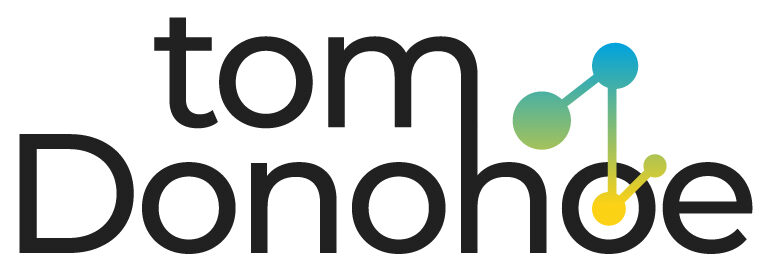How to bring digital transformation to education

Digital technology is rapidly evolving and has a major impact on the corporate world. It offers exciting new opportunities and maximizes efficiencies. It also increases collaboration and lowers costs.
Digital transformation has become a necessity for survival in the competitive educational sector. This new digital world demands that educators adapt to digital technologies, methods, and mindsets.
Teachers at the compulsory or grade level have adopted technology. In fact, US Title 1 school funding has increased to allow devices like Google Chromebooks in the classroom. With edtech growing in value, technology adoption is expected to increase.
What does this mean for work-based or professional learning? This article explores the challenges and potential solutions of digital transformation for the educational sector. It highlights its importance and the immense potential that adopting new, innovative processes and mindsets can offer.
Digital Transformation in Education: The Challenges
It’s crucial to understand the challenges and roadblocks that an institution may face in order to achieve a complete, sustainable digital transformation. Understanding these issues will help you overcome them.
At the moment. Almost 70% feel that their digital capabilities are behind those of the private sector. Many key decision-makers are still reluctant to make the next important steps toward digital maturity.
People tend to become accustomed to doing certain things a certain way, and they are reluctant to leave their comfort zones, which results in stunted progress and growth. Many in the education industry fear failure when adapting to new technologies, cultures, or mindsets. They are also reluctant to learn new skills or processes.
Takeaway: In order to prevent this, it is important to communicate the benefits of the digital transformation to the key stakeholders in the business. Prioritizing the importance of understanding and communicating value will lead to success.
A high level of confidence, knowledge, and skills is essential to drive innovation. Currently, UK employers struggle to fill 43% of STEM (Science, Technology, Engineering, and Mathematics) vacancies because of a growing digital skills gap.
To ensure a smooth and effective digital transition, educational institutions need to compete for a small pool of talent. Or they can adopt new approaches in order to upgrade the skills of current stakeholders. This could be anything from UX/CX to cloud computing.
Takeaway: There is a digital skill gap. To benefit from the skills that you need to move your institution forward, you should foster a culture of continual learning in the business. Upskilling current staff members will help you to make the most available talent.
In an age of digital data, there are a number of metrics available that offer insight to colleges, universities, and training providers about prospective learners, internal efficiency, user interaction, and much more. This level of data is valuable.
This data, especially in the education sector, is often inaccurate and unreliable because it is stored in silos. Education leaders must be able to access accurate, timely, and precise data to help them make the best decisions, adopt new educational initiatives, and make informed predictions.
Takeaway: Understanding the data that is most beneficial to your data will allow you to filter out the metrics that are redundant and lack value while selecting the tools that can help you organize and analyze it correctly.





